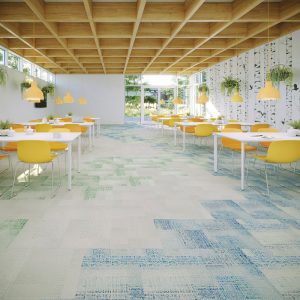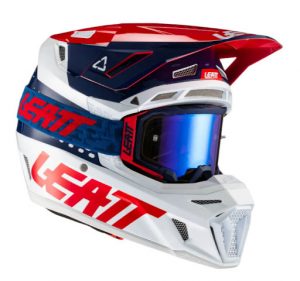JYVÄSKYLÄ, Finland — October 12, 2021 — The sustainable textile material company Spinnova and VF brand Icebreaker® proudly announce they are developing circular midlayer products with next-generation blends of merino wool and the highly sustainable SPINNOVA® fiber that can be recycled again and again.
The Icebreaker and Spinnova journey originates from a shared vision of believing that nature has the solutions: Icebreaker was founded to provide nature-based alternatives for synthetics, while Spinnova’s technology is inspired by nature; how spiders weave their web.
Spinnova and Icebreaker have begun their joint sustainability journey by entering a product development agreement on SPINNOVA-merino wool midlayer materials that will have a minimal environmental footprint and high performance. The blend Spinnova and Icebreaker are now piloting for midlayer products is sustainable and comfortable, and also fully circular. After consumer use, the developed yarn is intended to be separated and reused, with the ambition to get one step closer to circularity and lowering the products’ impact on the environment.
Icebreaker is an industry sustainability pioneer with ambitious sustainability goals including abandoning the use of plastic fibers by 2023. In 2020, already 91 percent of Icebreaker’s materials were merino or plant-based. This partnership is a great match between Icebreaker’s high sustainability standards and Spinnova’s innovation that aims to transform the way textiles are made globally.
“Nature is our hero, and our source of inspiration — we were excited to learn about Spinnova’s approach to fibre spinning that mimics nature’s own processes. In addition to this shared source of inspiration, the potential to recycle SPINNOVA into a new fiber again and again makes this disruptively circular. This partnership enables our strategy in developing circular business models and drive forward sustainable design,” said Alistair Smith, director of Global Product Design at icebreaker.
The sustainable and fully circular SPINNOVA fiber is made without harmful chemicals. SPINNOVA fiber uses 99.5-percent less water and produces nearly 64.5-percent less carbon dioxide emissions than cotton production cradle to gate. Thanks to the mechanical process Spinnova uses to harness its raw material, wood pulp, the fibres can simply be remade mechanically, again without harmful chemicals or quality loss. SPINNOVA fiber also has strong insulation properties, and will be a great companion for merino wool.
As Spinnova’s wood-based fiber is produced in a simple and clean process without chemical dissolving unlike man-made cellulosic fibres, SPINNOVA fiber is defined as one of the few representatives of a new “Other plant-based fibers” class according to the Textile Exchange’s Preferred Fibrers and Materials Report 2020.
“We’re very proud of this collaboration, and excited to keep experimenting how SPINNOVA can fight climate change as both a sustainable new material and a disruptively circular new material that can be remade over and over again,” commented Spinnova’s CEO and co-founder Janne Poranen.
The partners in this collaboration are developing a completely novel material that has not been seen before. This bold and adventurous collaboration demonstrates how Icebreaker is in the frontline of sustainable development and part of a wider movement of textile industry players developing new circular and sustainable alternatives. For instance, Spinnova recently announced partnering with The North Face®, which is also a VF Corp. company like Icebreaker.
Spinnova is building its first commercial factory in Finland to meet the growing demand for sustainable materials from global textile brands. The factory producing SPINNOVA fiber is expected to be completed at the end of 2022, for the joint venture that Spinnova has with its strategic partner Suzano, the world’s largest cellulose producer. Spinnova’s long term business targets include reaching 1 million metric tons of annual SPINNOVA fiber production capacity in the next 10-12 years.
Posted October 12, 2021
Source: Spinnova











